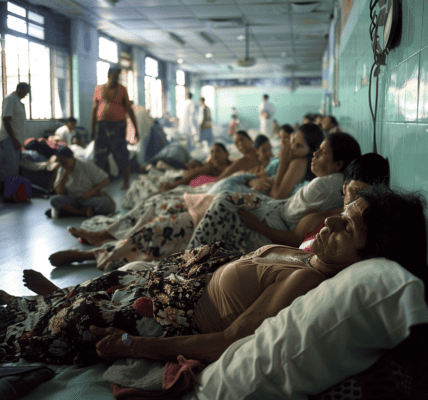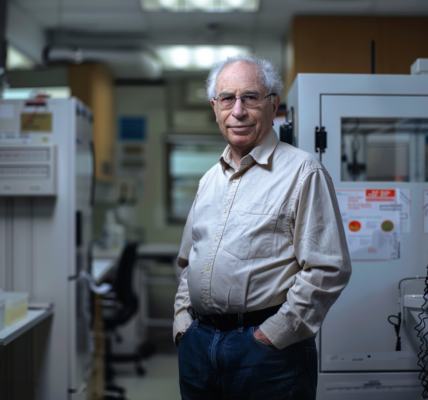A recent study published in the journal Radiology has shed light on the potential benefits of low-level light therapy in treating traumatic brain injuries. The research revealed that patients who underwent low-level light therapy exhibited greater changes in brain connectivity during their recovery compared to those who did not receive this treatment.
Traumatic brain injury (TBI) is a significant global health concern, often leading to long-term disability or even death. While conventional treatments for TBI typically involve medications, there is a growing interest in non-pharmacological therapies. One such promising approach is low-level light therapy, also known as photobiomodulation, which involves delivering near-infrared light to the brain through the scalp or nasal passages.
Past studies have suggested that low-level light therapy can help reduce cell death, inflammation, and other detrimental processes in the brain. However, many of these studies were small in scale and lacked robust controls. The recent study aimed to investigate how low-level light therapy impacts brain function during the early stages of recovery from moderate TBI.
For this study, researchers conducted a double-blinded, sham-controlled trial involving 68 patients with moderate TBI. The participants were randomly assigned to either the low-level light therapy group or the sham treatment group, where a similar procedure was administered without the active light therapy. The patients in the low-level light therapy group wore a helmet emitting near-infrared light, which was designed to bathe the entire brain in light. The treatment was initiated within 72 hours of the injury and repeated twice more over the following days, with each session lasting about 20 minutes.
Both groups underwent functional MRI (fMRI) scans at three different time points: within the first week after the injury (acute phase), 2-3 weeks later (subacute phase), and three months post-injury (late-subacute phase). The scans aimed to assess changes in brain connectivity following the respective treatments.
The findings of the study highlighted the potential of low-level light therapy to enhance brain connectivity in individuals recovering from moderate TBI. This non-invasive approach could offer a promising alternative or complementary therapy to traditional pharmacological interventions for TBI. Further research in this area could provide valuable insights into the efficacy of low-level light therapy and its role in improving outcomes for TBI patients.





